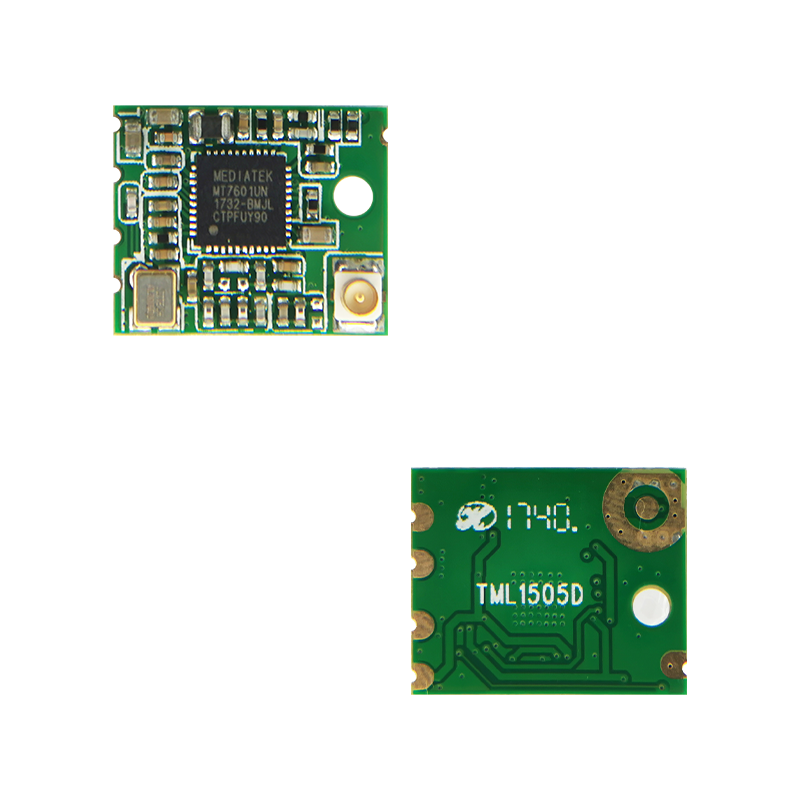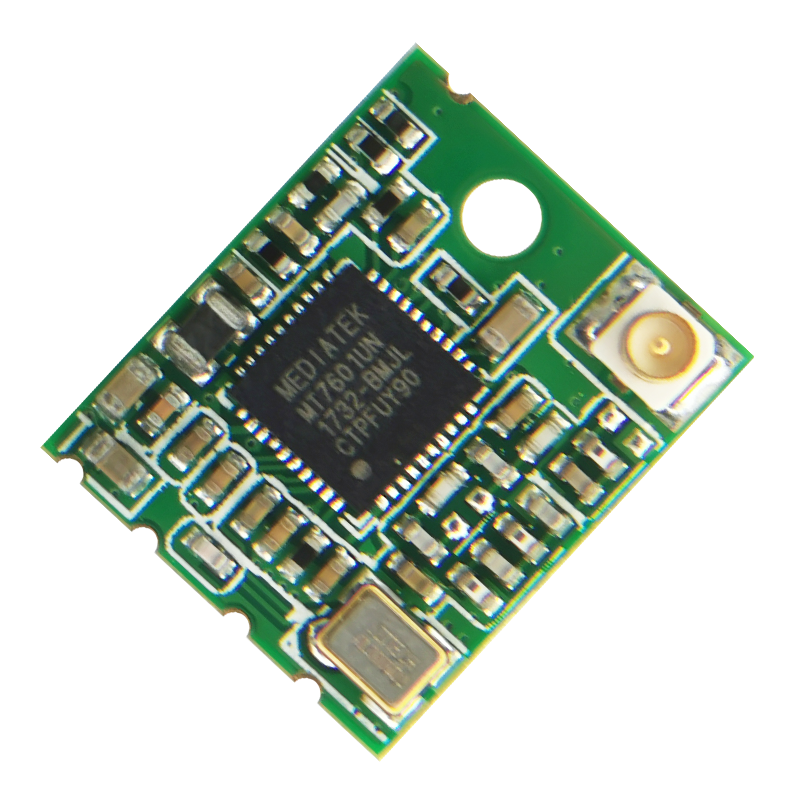WiFi technology has transformed the way we communicate and connect with the digital world. Whether it's at home, in the office, or even on the go, WiFi chips play a crucial role in enabling wireless internet connectivity. However, have you ever wondered about the power consumption of these chips? In this article, we will delve into the nitty-gritty details of the power consumption of WiFi chips and explore the factors that influence their energy usage.
WiFi chips, also known as wireless LAN (local area network) chips, are electronic components that provide wireless communication capabilities. They enable devices such as smartphones, laptops, and IoT devices to connect to a WiFi network, allowing data transmission and internet access without the need for physical cables.

Several factors contribute to the power consumption of WiFi chips:
a) Transmission Distance: The further the WiFi signal needs to travel, the more power the chip needs to consume in order to maintain a stable connection.
b) Data Rate: Higher data transfer rates require more power to process and transmit the data.
c) Signal Strength: Weak WiFi signals demand more power as the chip needs to work harder to maintain a stable connection.
d) Interference: WiFi chips consume additional power when combatting interference from other wireless devices or obstacles.
WiFi chips have different power consumption levels based on their operational modes:
a) Active Mode: In this mode, the WiFi chip is fully powered and actively transmitting and receiving data. It consumes the highest amount of power during active usage.
b) Idle Mode: WiFi chips go into idle mode when there is no data transmission. While in this mode, the power consumption is lower than in active mode, but not negligible.
c) Sleep Mode: During periods of inactivity, WiFi chips enter a sleep mode to conserve power. In this mode, the power consumption is significantly reduced. However, the chip needs to wake up periodically to maintain network connectivity.
Prolonging battery life and reducing power consumption are critical considerations in WiFi chip design. To achieve energy efficiency, manufacturers implement various strategies:
a) Power Management Techniques: WiFi chips incorporate advanced power management techniques, such as dynamic voltage scaling and power gating, to optimize power consumption during different operating conditions.
b) Wake-on-Wireless: This feature allows WiFi chips to remain in a sleep state until they receive a specific signal, reducing overall power consumption.
c) Advanced Modulation Schemes: By employing efficient modulation schemes like Orthogonal Frequency Division Multiple Access (OFDMA), WiFi chips can transmit data more effectively, minimizing power wastage.
In addition to chip design, certain external factors influence the power consumption of WiFi chips:
a) Environmental Conditions: WiFi signals face challenges from walls, furniture, and other physical obstacles. These obstructions result in weaker signal strength, causing WiFi chips to consume more power to maintain connectivity.
b) Network Congestion: In heavily crowded areas with numerous WiFi networks, chip power consumption increases as the device struggles to find and maintain an optimal connection.
c) Encryption and Security: The implementation of encryption measures for secure data transmission adds to the power consumption of WiFi chips.

Continuous research and development have led to significant advancements in optimizing the power consumption of WiFi chips:
a) Energy Harvesting: Incorporating energy harvesting techniques, such as solar or kinetic energy, into the WiFi chip design helps reduce reliance on battery power.
b) Wake-Up Receivers: The introduction of ultra-low-power wake-up receivers enables WiFi chips to remain in sleep mode while monitoring for specific signals, resulting in reduced power consumption.
c) Machine Learning Algorithms: Implementing intelligent algorithms in WiFi chips helps predict and dynamically adjust power consumption based on usage patterns and environmental conditions, further enhancing energy efficiency.
Understanding the power consumption of WiFi chips is crucial for optimizing device battery life and overall energy efficiency. By considering various factors like transmission distance, data rate, and signal strength, manufacturers can design more economical and energy-efficient WiFi chips. With the continuous advancements in power management techniques and the integration of cutting-edge technologies, the power consumption of WiFi chips is expected to further reduce, contributing to a sustainable and connected future.
 Trolink Joint With Tuya to Make Iot Benefit Every Family
Trolink Joint With Tuya to Make Iot Benefit Every Family
 5 Key Indicators for WiFi Module Selection You Have to Know !
5 Key Indicators for WiFi Module Selection You Have to Know !
 IOT module is the brain of smart products
IOT module is the brain of smart products
 What is the signal coverage range of the WiFi module chip?
What is the signal coverage range of the WiFi module chip?